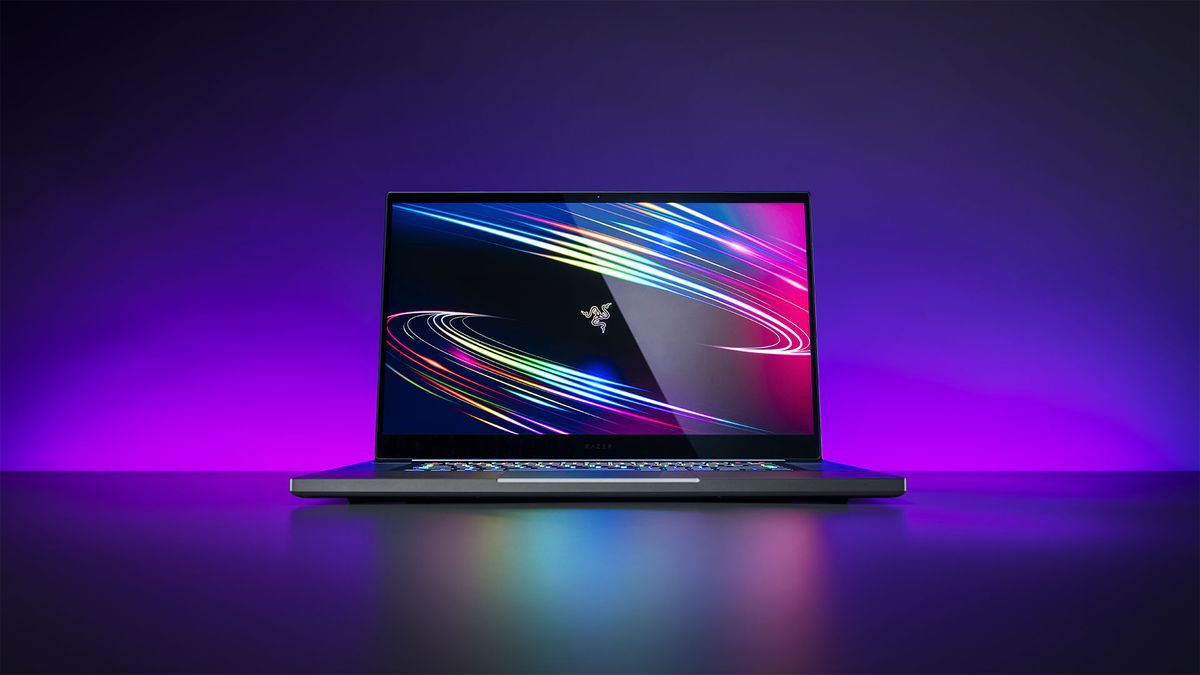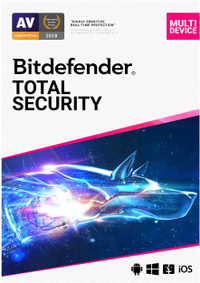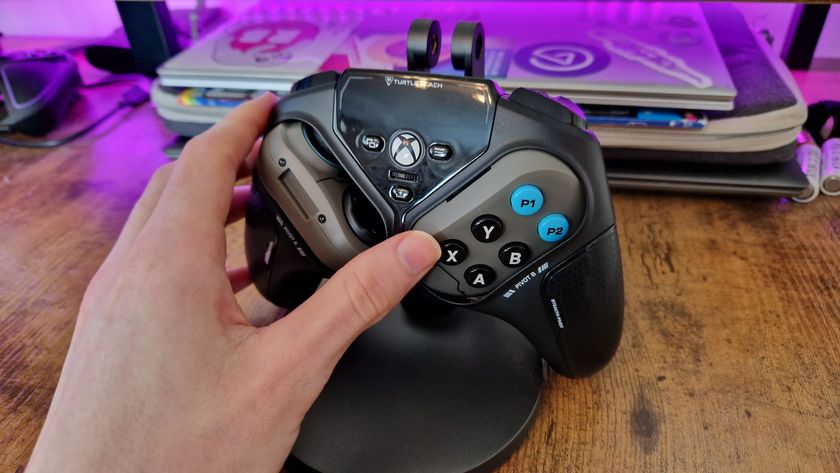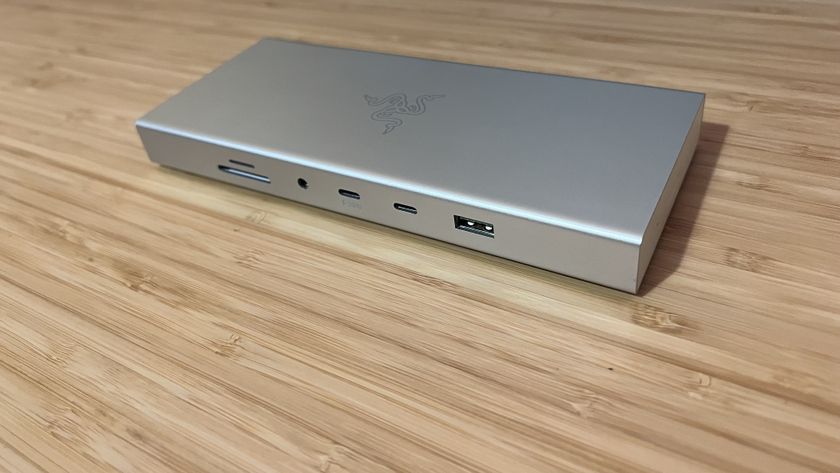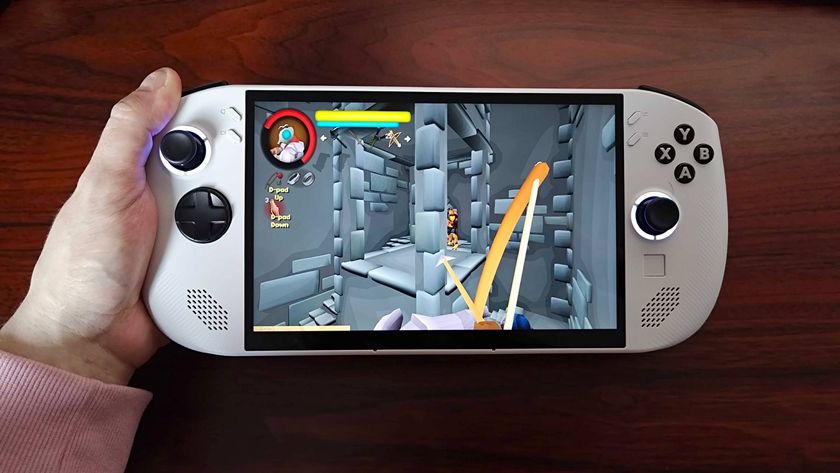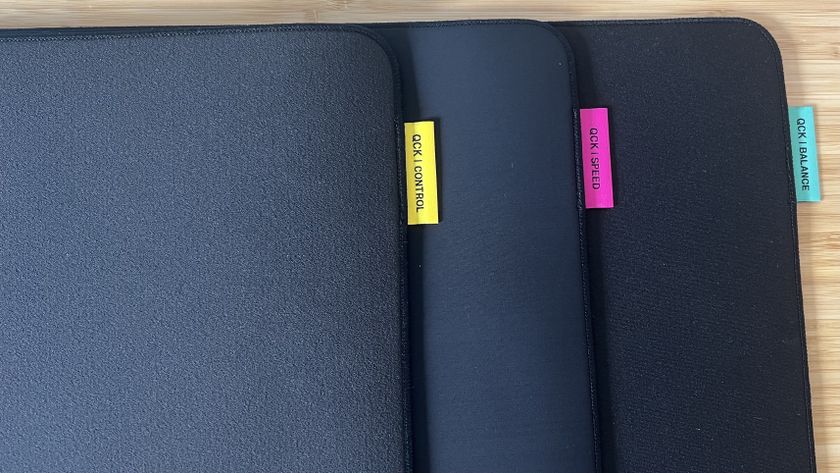GamesRadar+ Verdict
The Razer Blade 15 Advanced continues to be the benchmark for all gaming laptops; power and performance meets quality design and build. Again.
Pros
- +
New 300Hz screen is exquisite
- +
Terrific performance
- +
Premium build and design
Cons
- -
Still has that premium price tag
- -
30-series laptops aren't that far off
Why you can trust GamesRadar+
It's a known fact that Razer laptops are some of the best gaming laptops going in the world right now. This is no longer up for discussion, really. However, it is always exciting to see the latest iterations, even in this, the year that saw the landscape and the future of the best CPU for gaming, and the best graphics card, changed significantly. This change won't affect portable powerhouses immediately though, so how does a Razer Blade 15 Advanced model from this year fare, and would it still be a decent investment?
Design & Features
Here are the specs for the laptop sent to GamesRadar+ for review:
Processor: Intel i7-10875H
Graphics: Nvidia GeForce RTX 2080 Super Max-Q (8GB GDDR6)
Memory: 16GB DDR4 2933MHz RAM
Display: 15.6-inch 300Hz
Resolution: 1920x1080
Storage: 1TB SSD
Battery: 80Wh
Ports: 1 x Thunderbolt 3 (USB-C, Supports 20V USB-C chargers with PD 3.0); 1 x SD Card Reader; 3 x USB 3.2 Gen 2 (USB-A); 1 x USB-C 3.2 Gen 2; 1 x HDMI 2.0B output; 1 x 3.5mm headphone/microphone combo port
Connectivity: Intel Wireless-AX201 (802.11a/b/g/n/ac/ax); Bluetooth 5.1
OS: Windows 10 Home 64-bit
Weight: 4.73 pounds (2.14kg)
The design is exactly what you'd expect from Razer's thin and light laptops: it's very thin and very light. The Razer laptops niche for offering the thinnest and slickest portable machines while stuffing powerful components in the chassis too is retained and nailed on at this point - however, it's always a pleasure to get one in the hands again. The finish is slick and smooth, and the aesthetic of black on black with pops of Razer green from the emblem on the front and from within the USB ports is as attractive as ever. Together with the slight design and build this aesthetic promotes the look and feel of a small, hold-it-in-one-hand notebook. It really is a great design for a gaming powerhouse.
Everything is also very premium in the robustness of the design and the sturdiness of every part. There's basically no screen wobble, while the keys feel sturdy and in place, and the touchpad is solid and feels like it's part of the chassis itself. As always, the RGB-ness is unparalleled in the Blade, and the Synapse software helps you manage everything beyond the lighting nicely too. It really is a great hub.
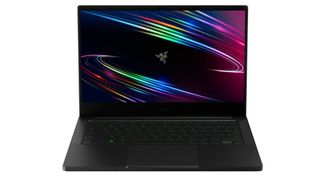
You're generally well served in terms of ports and connectivity - as you can see from the specs box - but this is where my only gripe really is, too. Presumably, as a symptom of the exquisitely thin design, there is no mini display or ethernet port. This will definitely irk folks who want flexibility from their premium machine. While the USB-C ports and HDMI will of course substitute for external displays, and the wireless connectivity should suffice, it does feel like not having these options cheapens the otherwise premium feel of every other part of this fine machine - and identifies a hole in what you're getting for the substantial price tag.
Performance
How does the Razer Blade 15 Advanced (2020) Alienware Area 51m R2 fare against some industry benchmarks? Here's how it got on with some rigorous gaming tests.
Cinebench CPU: 6,026 cb multi-core; 1,185 cb single-core
3DMark Fire Strike: 17,036 points
3DMark Time Spy: 7,642 points
PC Mark: 5,184 points
Port Royal: 4,764 points
CrystalDiskMark: 3,031 MB/s read; 2,172 MB/s write
Metro Exodus: RTX (ray-tracing on Ultra): 48 fps; High: 71 fps
Tom Clancy's The Division 2: Ultra: 74 fps; High: 96 fps
Red Dead Redemption 2: Highest: 57 fps; Default: 76 fps
Shadow of the Tomb Raider: Highest: 94 fps; High: 100 fps
Total War: Three Kingdoms: Ultra: 66 fps; High: 88 fps
Whatever you want the Blade 15 Advanced to do, it can do it. The 2020 version of the Blade 15 carries on where its previous brethren left it. It really is a fine, fine gaming machine and to get the kind of performances our benchmarks prove on a machine so slight, thin, and sleek is a wonderful thing. Getting nearly 60 frames per second in Red Dead Redemption 2 with settings turned up to 11 is a great feat, gaining around 50 frames per second in Metro Exodus in its RTX mode is nothing to be sniffed at either, and demolishing Shadow of the Tomb Raider to levels of 90+ frames per second on the very highest settings, for example, is all tremendous stuff. Having said that it is still a 2080 Super - albeit a Max-Q version - and that's the kind of level of performance you're paying for. What these numbers actually translate to, however, In reality, is excellent gaming experiences.
And what takes that to a further level of enjoyment is the new screen you can get on this brand of behemoth. The 300Hz screen on the model we had is unlikely ever to be 'topped out' but boy does it make for a hugely smooth experience whatever you're doing. Red Dead Redemption 2 cinematic horse rides, exhilarating fast shootouts in Apex Legends or spreadsheets and documents; anything to do with movement of any kind is a joy on the screen and on the Blade. It really is a genuine step up from previous models, and years, and offers a great way to utilise a 1080p display powered by the hardware within. A 1080p 300Hz would be the beginnings of the specs of one of the best gaming monitors potentially, too, so it really is a decent panel to have on a portable gaming machine.
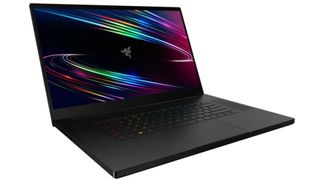
All this adds up to a great portable machine for general usage too. It's a standard 15.6-inch laptop to use for work and home tasks, of course, but it's a compact 15.6-inch laptop and it being thin and light means it can easily be used for browsing on the sofa or a quick zoom call in the kitchen - after you've unplugged all the gear you've plugged into it, inevitably. Even though it really could replace your desktop PC, it still is great to have as a portable machine for everything else.
Save up to 60% off Bitdefender Total Security antivirus
Bitdefender's security packages currently sit on top of our best antivirus guides and there's never been a better time to buy thanks to the massive discounts. In the US you can save 60% on the annual security bundles with prices starting at just $23.99 a year. In the UK 54% discounts see the prices starting at a mere £15.99.
Overall - should you buy it?
It's still a hefty investment but one that is still largely justified given the sheer power, performance, and bang for your buck that you get. The model we had in would normally go for north of the $3,000 / £3,000 mark so it's a really sizeable price of admission. The quality, however, does speak for itself - it really is one of the top gaming laptops of 2020, hands down, oozing the same quality that the best gaming PCs do.
However, with this particular build and this particular price tag, it's hard not to factor in the advent of 30-series graphics card-powered laptops that'll probably appear in a matter of months. This does take the shine off of the attraction for anyone who might be considering such a machine in late 2020 - if you can wait, it might be better to do so. However, this year's Blade 15 Advanced does make us excited to see a 30-series Razer Blade and we really look forward to seeing how Razer retains the design approach given the new graphics cards' sizes and power they'll have to accommodate and channel. Given the introduction of the new screens this year as an example of the evolution that can take place, it'll be great to see what can be offered with a 3080 under the hood too.
For now, though, Razer has done it again, with a bit of a shrug and a wink, as this year's Blade 15 Advanced is as good as ever.
Rob is the Deputy Editor of sister site, TechRadar Gaming, and has been in the games and tech industry for years. Prior to a recent stint as Gaming Editor at WePC, Rob was the Commissioning Editor for Hardware at GamesRadar+, and was on the hardware team for more than four years, since its inception in late 2018. He is also a writer on games and has had work published over the last six years or so at the likes of Eurogamer, RPS, PCGN, and more. He is also a qualified landscape and garden designer, so does that in his spare time, while he is also an expert on the virtual landscapes and environments of games and loves to write about them too, including in an upcoming book on the topic!
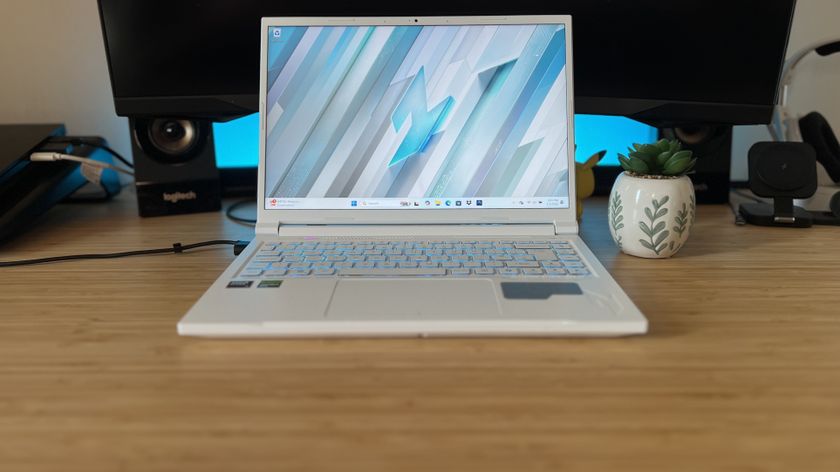
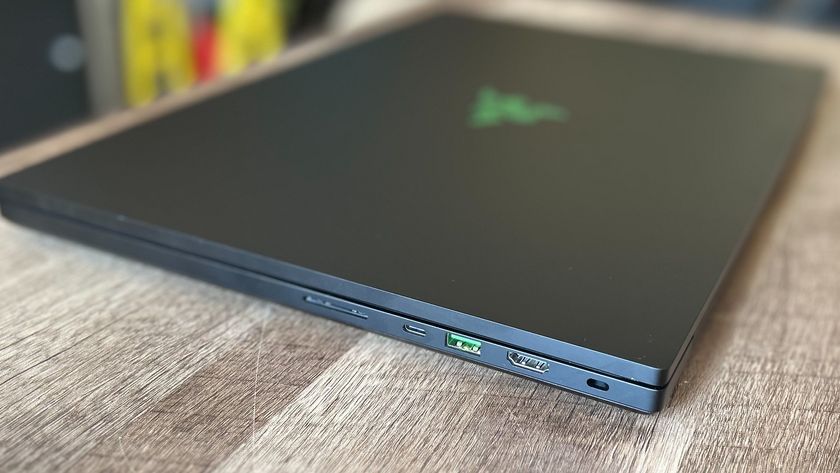
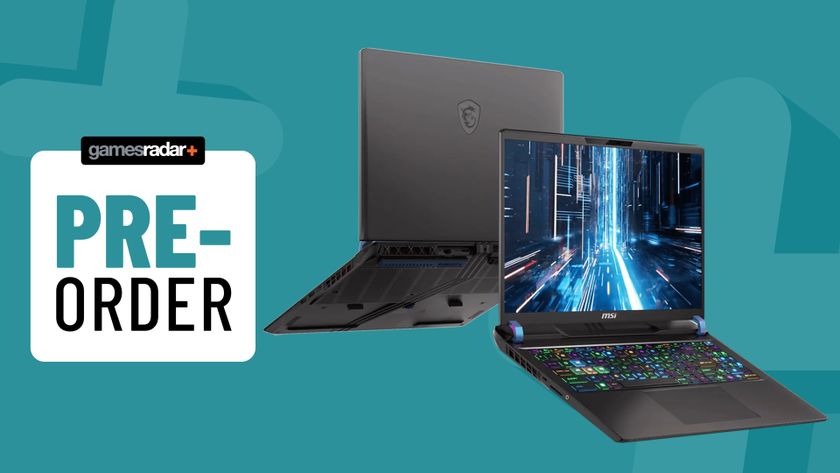
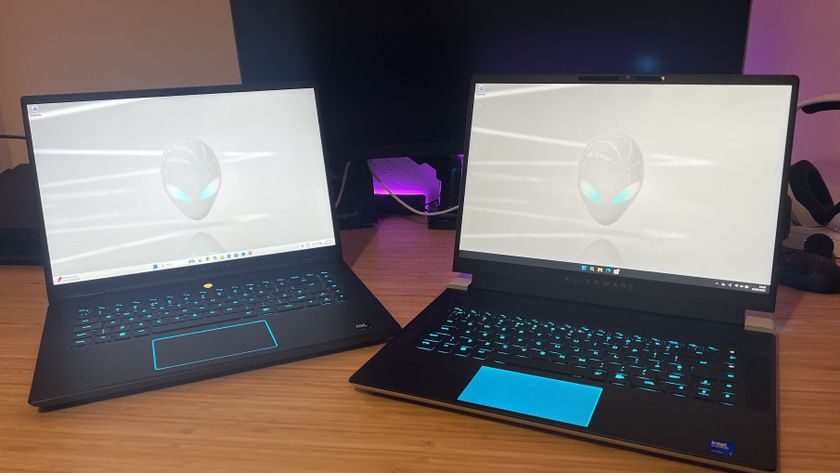
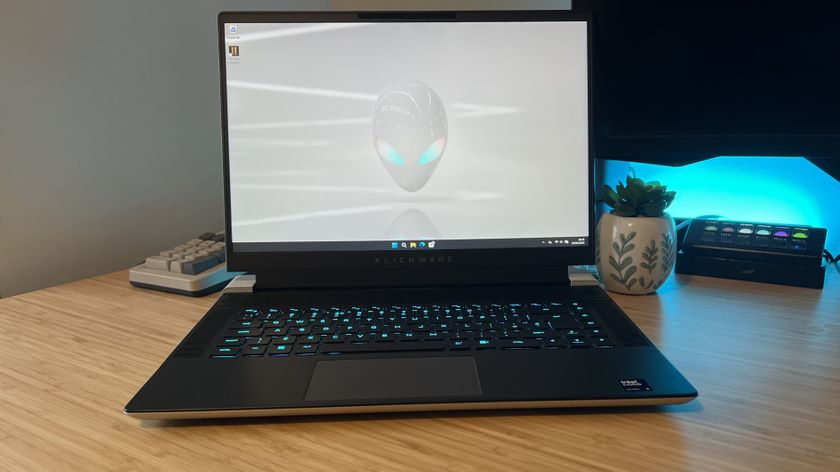
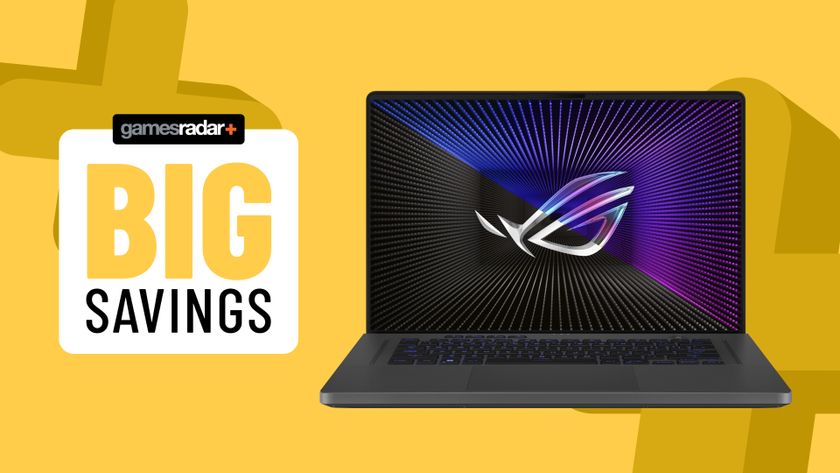
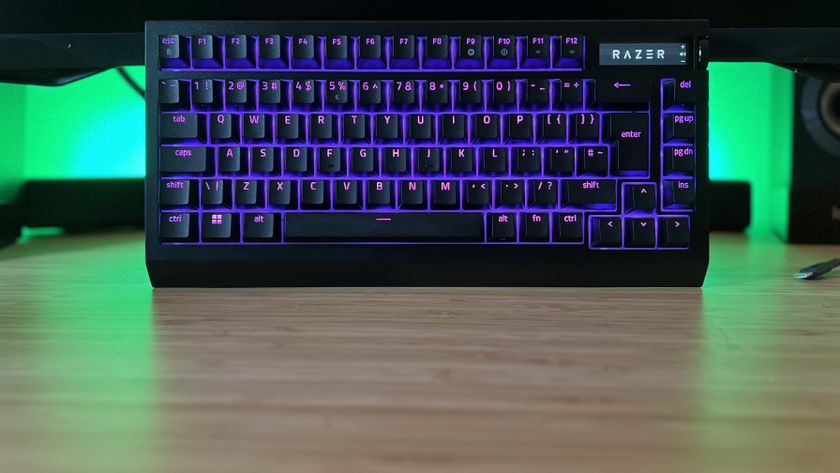

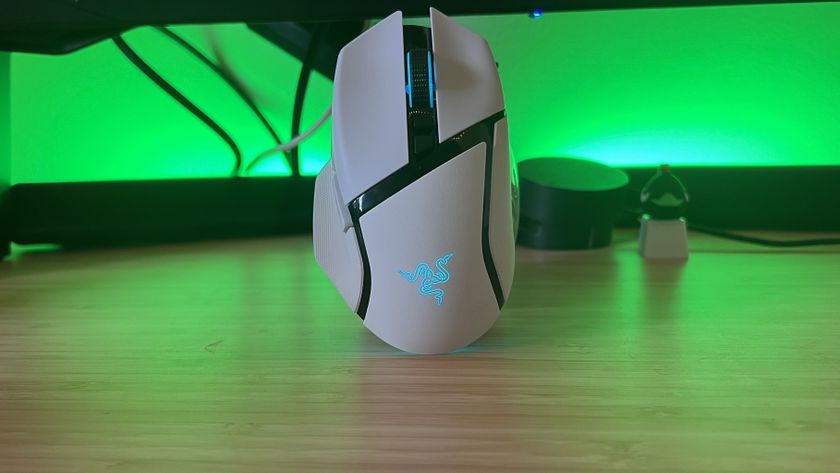

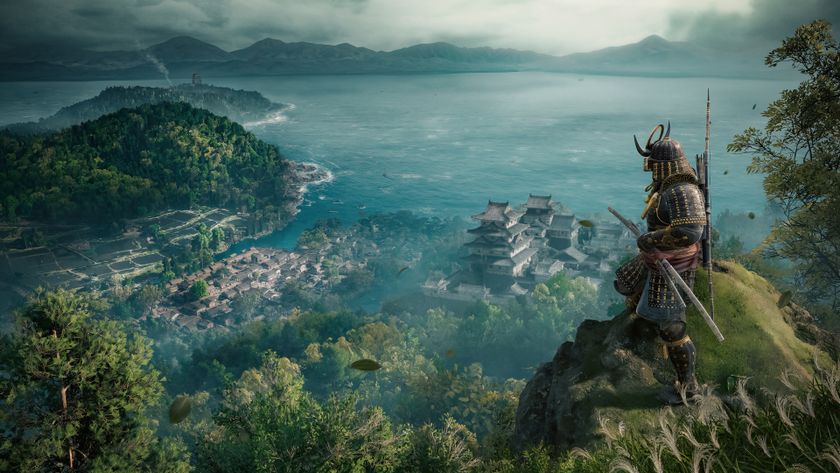
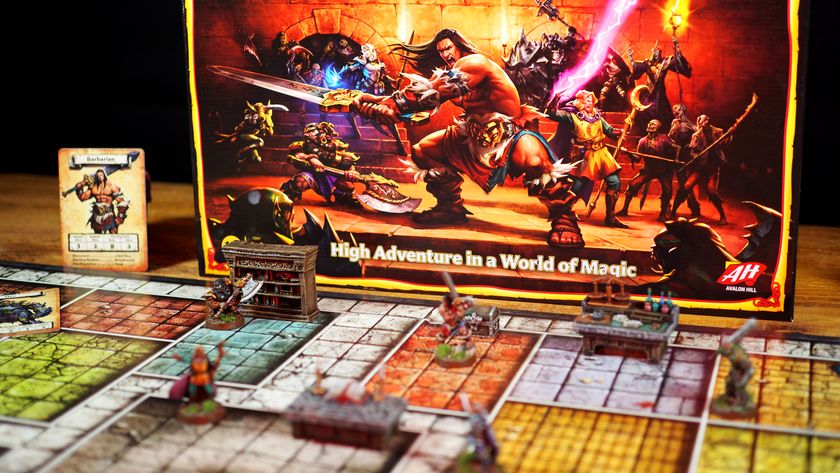

inZOI review: "Currently feels like a soulless imitation of the worst parts of The Sims"

Almost 90 years of DC history will be refined into an official timeline in New History of the DC Universe: "It's a chance to realign all of DC's sprawling continuity into one master timeline"

Blindfolded Super Mario 64 speedrunner declares "70 Star is DEAD" after he "absolutely obliterated" his old record
